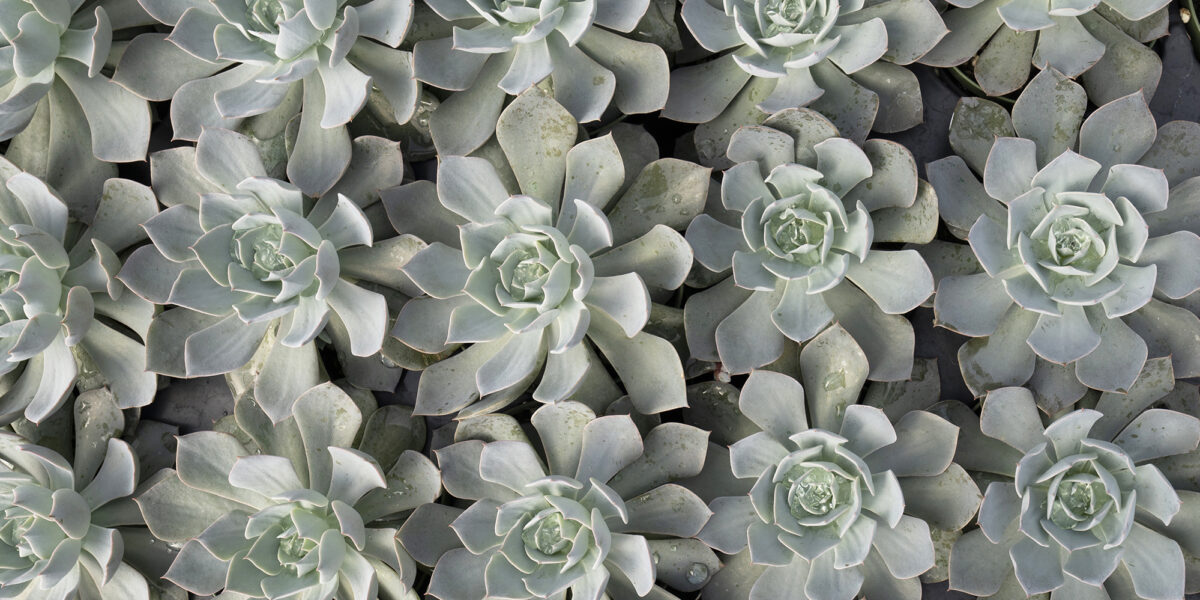
It’s Summer—11 Things You Need to Do in Your Garden Now
Keep your garden thriving all season long.

Thomas J. Story
Warm weather has finally arrived! Here’s what to do in your garden now.
Plant
–Grow lemongrass for cooking. Root fresh stalks in a glass of water, then plant outside in a container at least 16 inches wide. Lemongrass prefers moist soil and monthly fertilization.
–Set out seedlings of cucumbers, eggplant, melons, peppers, pumpkins, tomatoes, and squash. Sow seeds of beans and sweet corn.
–Instead of thirsty annuals, use colorful low-water plants along a border. One of our favorite combos: powder blue Euphorbia ‘Blue Haze’, lime-green Carex oshimensis ‘Everillo’, and compact succulents.
–Lure butterflies and hummingbirds to your garden by planting ‘Hot Lips’ sage, an evergreen shrub that produces red-and-white flowers throughout the summer.
–For showy flowers that entice you to stay outside longer, plant a night-blooming cactus garden. Try the Andes organ pipe (Cereus hildmannianus), Arizona queen of the night (Peniocereus greggii), or queen of the night (Harrisia bonplandii).
Protect
–Rose curculios and rose midges may cause everblooming roses to drop their buds before they open. To control these insect pests, regularly prune off and destroy any buds that don’t unfurl properly.
–Check plants for spider mites and blast any fine nets of webbing on the undersides of leaves with a strong jet of water, or apply insecticidal soap. Repeat until eradicated.
Maintenance
–Don’t panic if you find a swarm of bees in your yard this time of year—they are usually docile and leave after a few days. If you discover a hive and want it removed, reach out to your county’s master gardener or visit beeculture.com for a directory of local beekeepers.
–Along the coast, water early in the day to allow leaves to dry during the overcast, humid days of June; wet leaves are vulnerable to fungal diseases like powdery mildew.
–Resist the urge to over-irrigate established natives and other Mediterranean-climate plants. They have evolved to survive long, hot dry periods.
–Finish pruning citrus trees for size and shape. Remove crossing or dead branches, cutting out entire limbs rather than making cuts at the tips, as that results in excessive new growth.
Read the Current Issue Here!
Get one year of Sunset—and all kinds of bonuses—for just $29.95. Subscribe now!
